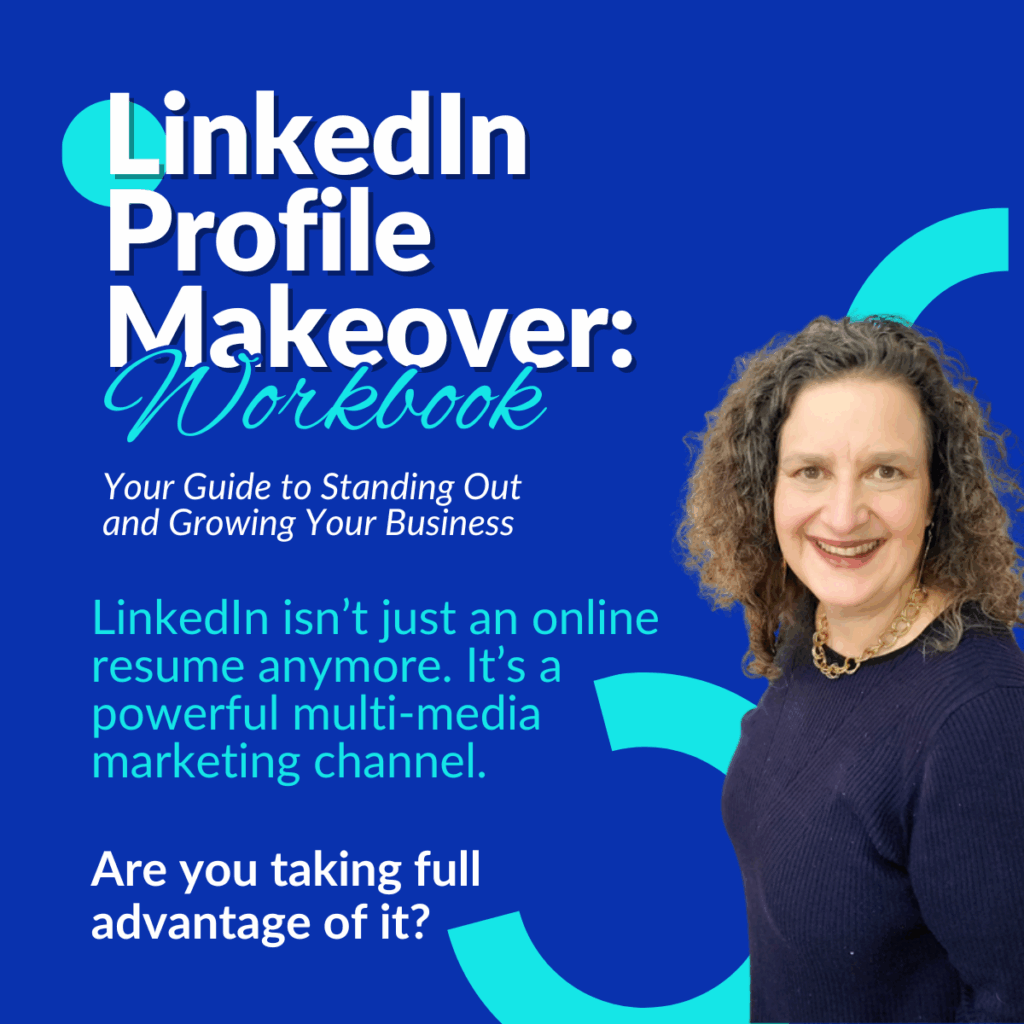According to the Canadian Federation for Independent Business over one third of Canadian small business owners plan to leave their business within the next five years, two thirds within the next ten. Yet only ten percent have a formal, written succession plan, 38 percent have an informal plan and 52 percent have no plan at all.
For Baby Boomer entrepreneurs, this is something to take seriously. Even if you are just starting your business and are planning to work beyond the next five years, you should be thinking about an exit strategy. Unless you expect to just close up shop when you retire, you need to start thinking – and planning – how to maximize the value you are building in your business. After all, the sale of your business could become a significant part of your retirement next egg if you plan ahead.
And it’s not just retirement you need to consider. As we get older, the likelihood of illness or accident preventing us from working for an extended period of time increases. What would happen to your business if you couldn’t work? Do you have a plan?
All this came up as part of a discussion I had with Bob Simpson, a coach and succession planning expert. He told me that most businesses need several years to get into a position where the owner can maximize profit on the sale of the business.
The first problem small business owners face is that many have built their business around themselves. If the business is dependent on you, it has little value when it comes time to sell it. In order to plan for succession – either sale or passing on to family members – you need to move from an owner-dependent business model to a system dependent model. In other words, you need to create systems that anyone can implement so if you are out of the picture, your business will continue to be profitable.
If you’ve read Michael Gerber’s The E Myth Revisited (if you haven’t, you should) you’ll remember he said that many small business owners are not really entrepreneurs. They’ve merely traded a job where they have one employer for a job where they have many employers. If you have a service business that is dependent on you providing the service, you fall into this category.
Bob shared a story with me that illustrated why this is a problem. He has a relative who is a dentist. This man became seriously ill and was unable to work for several months. When he was finally able to return to work, he had virtually no business left as most of his patients had found other dentists.
According to Bob, in this situation, as soon as this dentist discovered he was ill and likely to be off work for several months he should have tried to find a buyer for the business. He had a full practice and his customer list would have been a valuable asset for a dentist just starting out.
Because he waited, by the time he recovered he had no business, other than the physical assets, and had to restart his business from scratch. Now this isn’t necessarily an insurmountable task for a 35-year-old. But for someone within ten years of normal retirement age, who has just recovered from a serious illness, this is a daunting task.
Another thing this dentist, or other service providers, could have done is build a larger practice. I think of the dental clinic I go to. There are several dentists practicing there. If one dentist leaves the practice, the business continues. Most of the dentists there are actually employees of the practice. But the dentist who owns the clinic has set things up so he has an income, regardless of how much – or little – he personally works.
Interestingly, I was speaking to a friend just last week who just sold his business. From the start he had always planned to sell, so he built the business with systems that didn’t need him to run. He had actually planned to work for another five years but when a buyer appeared who was willing to pay the right price, he jumped ship early. Now he and his wife are heading off to an extended tour of Asia.
Tomorrow I’ll talk more about the specifics of creating an exit strategy for your business.
Andrea J. Stenberg







